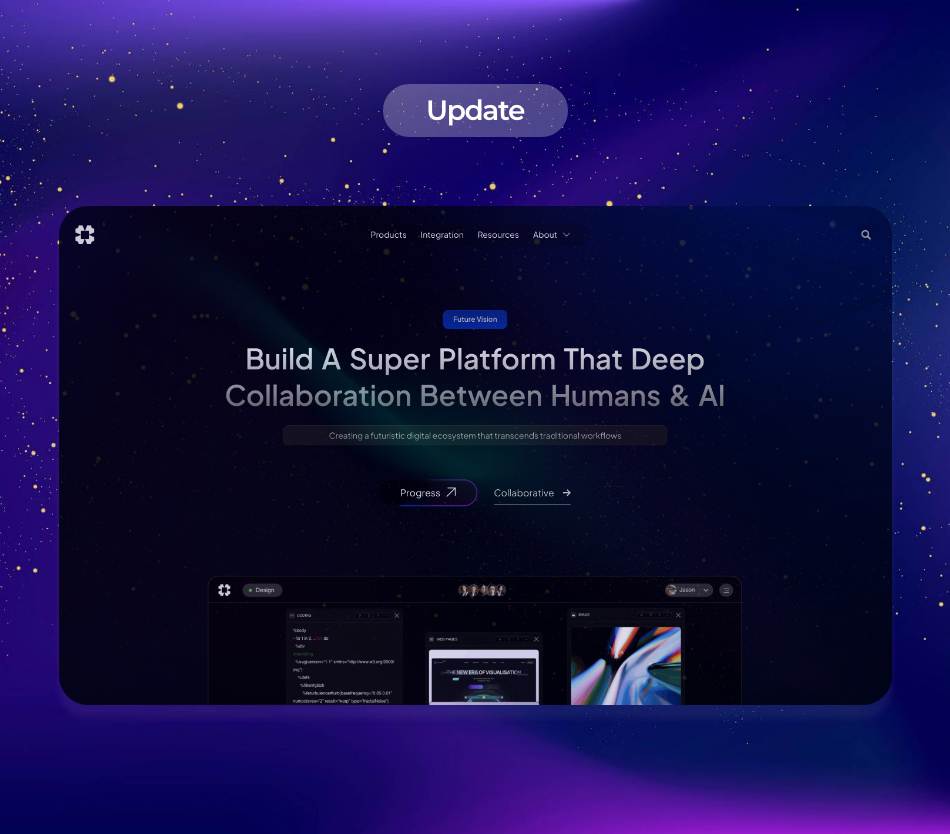The advent of artificial intelligence (AI) has catalyzed monumental changes across various industries, none more so than in transportation. Autonomous vehicles (AVs), once a concept promised by science fiction, are rapidly becoming a reality thanks to AI technologies. This article delves into the transformative power of AI in autonomous vehicles, discussing current trends, solutions, and future implications, while drawing insights from leading industry applications.
The driving force behind the development of autonomous vehicles is AI’s ability to process vast amounts of data in real time. In the world of AVs, technologies such as machine learning, computer vision, and sensor fusion work together to ensure safe navigation. By interpreting data from radar, lidar, GPS, and cameras, AI develops a comprehensive understanding of the vehicle’s surroundings, enabling it to make split-second driving decisions.
A significant trend in the AV landscape is the integration of AI algorithms that enhance decision-making capabilities. For instance, deep learning models enable vehicles to recognize and categorize objects, such as pedestrians, cyclists, and other vehicles. This capability is crucial in urban environments where rapid interpretation of dynamic scenarios can make the difference between safety and disaster. Additionally, AI continuously learns from every driving experience, improving its understanding of complex traffic patterns and behavior over time.
Major automotive companies, such as Tesla, Waymo, and GM’s Cruise, are leading the charge in implementing AI in their vehicles. Tesla’s Autopilot and Full Self-Driving (FSD) capabilities leverage AI to navigate complex environments, providing a glimpse into the future of transport. Waymo, on the other hand, has been operating its autonomous taxi service in limited locations, showcasing AI’s potential to reshape urban mobility. Such advancements emphasize the industry’s commitment to refining AV technologies through AI innovations.
However, despite rapid strides in autonomous driving capabilities, several challenges remain. Regulatory hurdles, public acceptance, and ethical dilemmas surrounding decision-making in critical situations pose significant barriers to widespread adoption. As governments explore the regulatory framework for AVs, it is crucial to develop standards that ensure safety and ethical responsibility in AI algorithms.
**Streamlining Operations: The Role of AI in Business Process Automation**
Another prominent application of AI is in business process automation (BPA). Organizations across diverse sectors are increasingly leveraging AI to enhance efficiency, reduce operational costs, and streamline processes, catalyzing a transformative shift in how businesses operate.
At its core, AI business process automation involves the use of AI technologies to automate routine tasks traditionally performed by humans—ranging from data entry and invoice processing to customer service interactions. By employing robotic process automation (RPA) combined with machine learning, organizations can achieve significant time savings while minimizing errors in complex workflows.
Today, AI-powered chatbots and virtual assistants are transforming customer service by addressing inquiries and resolving issues without human intervention. This is particularly beneficial for companies handling high volumes of customer interactions, allowing them to improve their response times and ensure a consistent customer experience. Technologies such as Natural Language Processing (NLP) enable these chatbots to understand and respond to customer inquiries effectively, tailoring responses based on customer context.
The financial services sector exemplifies the potential of AI in BPA. Banks and financial institutions harness AI to conduct real-time risk assessments, fraud detection, and compliance checks. For example, JPMorgan Chase utilizes AI to analyze legal documents and identify risks, significantly accelerating the contract review process. Moreover, AI systems can predict market trends and consumer behavior, empowering financial analysts with deeper insights to make data-driven decisions.
Nonetheless, the transition to AI-driven business process automation requires a cultural shift within organizations. Employees must adapt to new technologies and workflows; therefore, change management strategies play a crucial role in facilitating this transition. Upskilling the workforce to work alongside AI tools ensures that employees are equipped to thrive in an increasingly automated environment.
**Boosting Workplace Efficiency: AI-Driven Employee Productivity**
Artificial intelligence has also emerged as a critical enabler of employee productivity. AI-driven solutions help optimize workflows, enhance collaboration, and augment employees’ capabilities, ultimately driving performance and job satisfaction.
In the modern workplace, AI tools seamlessly integrate into day-to-day operations, facilitating better project management and communication among teams. Solutions like Microsoft Teams and Slack harness AI to streamline collaboration, helping employees manage information overload and prioritize tasks efficiently. AI algorithms analyze user behavior, providing personalized insights about task management and suggesting optimal schedules for meetings and deadlines.
Further, AI-driven analytics offer organizations the ability to track employee productivity metrics and identify areas for improvement. For instance, using sentiment analysis to gauge employee engagement provides a clearer picture of morale within the company, enabling leaders to implement tailored strategies to boost employee satisfaction and retention. Ensuring that employees feel valued and engaged is critical in fostering a productive workplace culture.
The implementation of AI-driven technologies also empowers employees to focus on higher-value tasks by automating routine, mundane jobs. For instance, AI can assist in drafting reports and generating insights from large datasets, allowing employees to dedicate more time to strategic initiatives rather than administrative tasks.
Companies like Google and IBM exemplify the successful integration of AI in enhancing employee productivity. Google’s AI-powered tools, such as Google Assistant and Google Cloud, offer personalized support to employees, while IBM’s Watson enhances decision-making in various roles, from marketing insights to human resource management.
As organizations continue to discover the benefits of AI-driven productivity, ethical considerations surrounding the use of AI must also be addressed. Striking a balance between harnessing AI’s potential and ensuring employee privacy and job security is vital in creating a sustainable, collaborative workplace.
**Conclusion: Navigating the Future of AI-Driven Industries**
The proliferation of AI technologies is reshaping industries, with significant implications for autonomous vehicles, business process automation, and employee productivity. As these technologies evolve, organizations must navigate various challenges—technical, regulatory, and cultural—to harness their full potential. By adopting an integrative approach, businesses can not only streamline operations but also pave the way for a future where AI augments human capabilities, creates new job opportunities, and drives economic growth.
Through collaboration with stakeholders and ongoing research, the path toward a more intelligent, automated future can be achieved. As companies invest in AI innovations, they have the potential to enhance sustainability, improve efficiency, and ultimately transform how humans interact with their environments.
By recognizing the importance of ethical considerations and fostering a culture of adaptability, organizations can embrace an AI-driven paradigm that benefits employees, consumers, and society as a whole. The AI revolution is here; it’s crucial for businesses to ride the wave of innovation and lead their industries into a promising future.
**Sources:**
1. “Autonomous Vehicles: Will They Ever Become Reality?” McKinsey & Company.
2. “Artificial Intelligence in Business: The Digital Transformation,” Forbes.
3. “The Impact of AI on Business Process Automation,” Harvard Business Review.
4. “AI and Employee Productivity; How AI Drives Performance in the Workplace,” Stanford University.

























